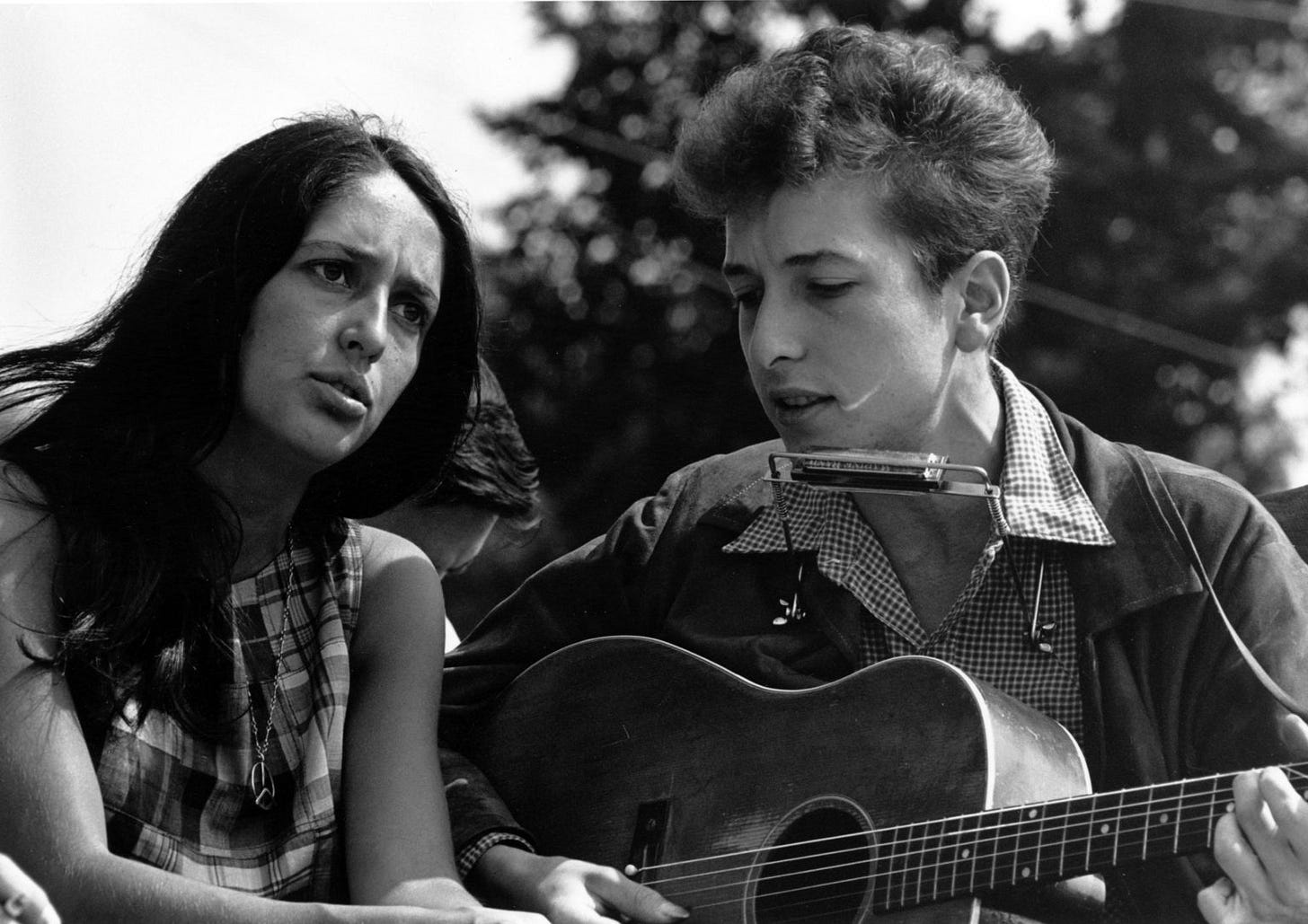Generations and the Risks of the Cold War
Fair warning: even though the hook to risk on this post is the Cold War and its arms race, it will be a bit of a ramble across several subjects. When I took some notes for other posts, more and more things ended up in the foot notes, so I decided that might warrant an own post. So here goes.
Following on my last post on population statistics, let’s start with generations. These are a cohorts of people born in a span of years which share certain characteristics.[1] The first time I read about them I was pretty surprised because the timespans seemed all wrong to me. In the US way of reckoning, I am Gen X, but in Germany I am part of the baby boom cohort. The declining birth rates that are one of the defining characteristics of GenX simply happened about 10 years later in Germany than in the US. This is not really surprising when you consider how differently World War II affected these two countries – baby boom in Germany started when reconstruction had ended and the German “Wirtschaftswunder” (economic miracle) was well under way.
The generation after that is GenY in the US, and Generation Golf in Germany. That wasn’t from the sport, but rather from the Volkwagen Golf, also known in the US as Rabbit, [2], and the generation got its name is because it was that first car that many members of that generation drove. (We used to jokingly call it “the car of the German individualist”.)
My point? Attempting to shoehorn generations into one internationally fitting pattern is understandable if you are a marketer trying to sell internationally (or a scientist looking to make comparisons), but misses one crucial point: generations are shaped by shared cultural experiences due to common events – similar to the symbols, heroes and rituals I talked about earlier in the cultural underpinnings of risk perception.
While the student movements of the US and Germany in the 1960s (just to pick the two countries I know best) had obvious similarities in their roots as peace protest, and in their appearance – similar hippie look, similar music etc. – the binding force in the US was the anti-Vietnam war protest, whereas the German student movement was much more fundamentalist (and leftist) in nature, mainly due to the perception that Nazi sentiment hadn’t been sufficiently eradicated.
A peace movement which binds the Generation Golf was the protest against stationing nuclear weapons in Western Germany in the 80s. Many of our readers will remember the 1984 song “Russians” by Sting, or the 1983 film “The Day After”, both dealing with Cold War risks and its consequences. They touched a nerve internationally. But as with Flower Power, the criticism and protest of the NATO Double-Track Decision to station Pershings in Germany was more fundamental in nature: short of an actual nuclear war, a possible scenario was Germany becoming a conventional battlefield in an armed conflict between NATO and the Warsaw Pact – a situation the US would not have had to contend with. Again, a shared experience that helps shape a generation.
So even though Mark and I are born around the same time and so both theoretically GenX, that doesn’t tell you anything about our risk perceptions (or any other perceptions). Context is important.
Note:
[1] You can argue whether these characteristics are real or cliché…
[2] Sorry, Americans, but what kind of a stupid car name is that? At least the Beetle looks like one…


